Through my work as a psychologist, psychotherapist and life coach, I’ve come to appreciate that empathy is the most powerful force in building and keeping strong relationships.
Developing empathy in children means providing a set of social skills that allow them to better understand themselves and others, in order to form close and intimate relationships, be mindful of other people, and be ready to act kindly.
Table of Contents
- What does it mean to empathize with someone?
- Why should we help our children develop empathy?
- 1. Model how to feel empathy for others.
- 2. Talk about multiple perspectives.
- 3. Practice self-control and assertive communication.
- 4. Help children practice empathy daily.
- 5. Read fiction books together and talk about the experience of the characters.
- 6. Teach them to pay attention to and understand their emotions.
- 7. Engage in pretend play and fictional scenarios.
- 8. Have a weekly “kindness day” when you do something for each other or others.
- 9. Teach listening skills.
- 10. Praise spontaneous acts of kindness.
- 11. Help kids find a role model that is empathetic.
- 12. Help kids understand more than just words.
- 13. Teach what empathy is not.
- 14. Encourage kids to turn empathy into concrete actions.
- 15. Be creative in facilitating empathy.
- What we give to others, usually finds a way to reach back to us.
What does it mean to empathize with someone?
Empathy is to understand what another person feels like in a certain situation or to understand what you would feel like if you were to switch places with them.
To empathize, you need to be able to put your own perspective on hold and, for the time being, connect with another person’s feelings.
For example, it is to understand and connect with the grief of a friend, even if you personally haven’t experienced such loss.
Or, it is to understand why your child is mad at you for not coming to their recital, even though you know that you could not have left an important meeting.
Why should we help our children develop empathy?
Empathy helps us build relationships with other people. It encourages sharing and understanding of others in a way that is perceived as genuine and sincere. Empathy helps us build meaningful connections with others.
Research says that more empathetic children tend to be more willing to help, support, and be kind to others. They also tend to be less aggressive and more social.
Empathetic children can also understand shyness and aggression better, as they seem to be more socially sensitive. Through empathy, they can better understand the reasons behind their own behaviors and the behaviors of others. [1]
Empathy is also related to leadership and effectiveness. Recent research has found that empathetic entrepreneurs are more successful at motivating and leading their employees and helping their employees cope with workplace stresses.
At the same time, they’re better at identifying their customers’ needs and enjoy higher customer satisfaction. They also tend to be more innovative than leaders who are not empathetic (maybe because they are ready to open their minds to different perspectives!). [2]
Empathy is crucial, so here are 15 tips on how you can help your kids develop empathy.
1. Model how to feel empathy for others.
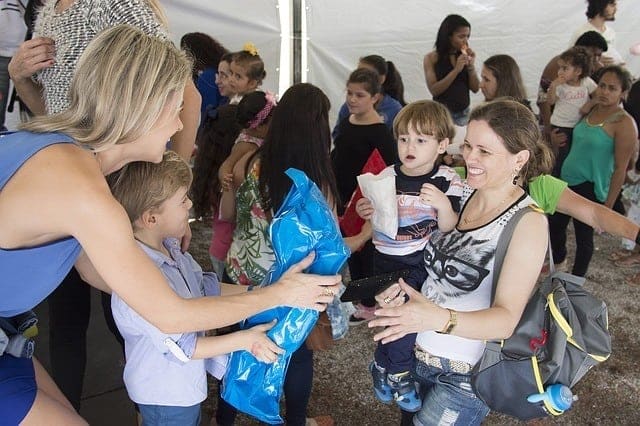
Kids may not understand your words, but they can see your actions. This is why “walking the talk” is one of the most powerful ways to develop empathy in children. Take every opportunity to show empathy and kindness to others in front of your children.
Children learn best from personal experiences. Seeing what you are doing for them and others will shape their behavior, as they are likely to start imitating it. — seeing what you are doing in a relationship with them.
So, when your child is feeling down, approach them with readiness to understand their perspective. Empathy is not about evaluating the reasons for which someone feels something but rather being able to connect to the feeling of another person.
Instead of saying, “You shouldn’t be crying because of that,” try saying, “I can see how sad this makes you feel and I am sorry you are feeling this way.”
When your kids are happy, acknowledge their emotion and share it with them. “Oh, it’s so wonderful to see you smiling so much!” It’s important that the empathy you show to other people, you show in your relationship with your child, as well.
It’s also important to understand how your own levels of empathy affect your parenting strategies. Some research shows that lack of empathy is related to the use of negative and ignoring parenting strategies.[3]
What’s important is that we are willing to understand the behaviors that we may not approve of. You’re acknowledging that the feelings are true for your child.
2. Talk about multiple perspectives.
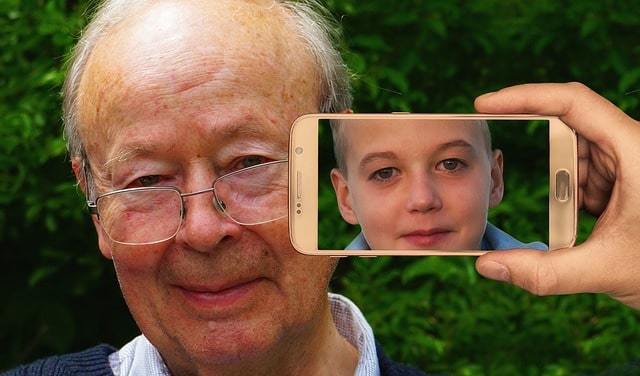
Understanding another person’s perspective requires cognitive ability to step out of your own shoes and look at a situation differently.
You can help your children start to grasp this idea by taking one obvious situation, thing, or a fact that does not necessarily include them (it’s always easier to start with a situation in which there’s less of a personal bias) and show them how it looks for different people.
For example: What it feels like to have lots of toys and what it feels like to have none. Or what it feels like to live in a home and what it feels like to live on the streets.
Then help your child relate the situation to their own personal experience. “What would you feel like if we couldn’t afford these toys that you have?”
3. Practice self-control and assertive communication.

By being able to better understand and communicate your emotions, you can better approach other people’s feelings. You won’t fall in the trap of being stuck only considering your own.
For example, a child feels angry. They may express it by screaming and shouting or throwing things away. Help them to calm down by taking them out of the situation, setting boundaries how they can react, or instructing them to breathe in and out until they are calm again.
When calm is restored, help them vocalize and verbalize the source of their anger and facilitate an awareness of how they expressed their anger.
“You were very angry today. When you are angry, you can say some really mean things. What happened? What was the problem?”
Hear them out. Ask them to think about alternatives: “Have you asked your friend to give you the toy back?” Or, “Maybe you could have taken turns playing with the toy.” Or, “What if you just found another toy to play with? He would have stopped playing with yours later.”
And use this opportunity to reflect on how others were feeling in this situation: “Your friend didn’t know this would make you upset.” Or, “I was starting to feel like there’s nothing I could do to calm you down.”
4. Help children practice empathy daily.

This is why it is important to use as many opportunities as possible to practice empathy.
Showing interest in how people are feeling (asking, “How are you?” or, “Is Jane feeling better?”) and offering your help to others that may need it (“Is there something I can do for you? Or, “I could help you clean the yard.”) are two very important acts of empathy and kindness to practice daily.
5. Read fiction books together and talk about the experience of the characters.
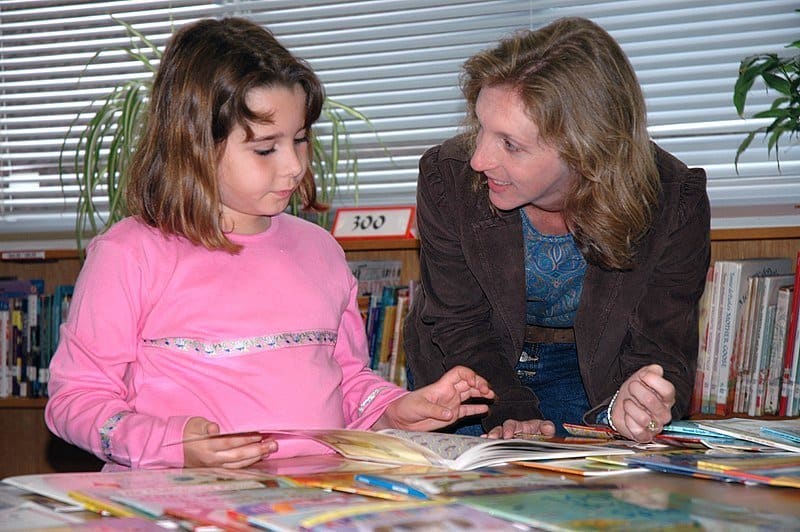
] So, if the reader is trying to really understand what the situation looks like from the perspective of different characters, reading can be a significant influence.
It’s not only important to read but to aim to see and understand the perspective of different characters. Books can, indeed, help you experience emotions and thoughts in a way you feel may never occur to you.
At the same time, characters may be going through the same situations you are — or experience emotions that resemble yours — and are, therefore, able to offer you some ideas on how to cope.
Here are some examples of the questions you can use in discussing the books you or your child reads:
“What is the biggest challenge for this character?”
“How does the character feel about it?”
“Have you ever been in a situation that’s similar to the one of a character?”
“What would you do if you were?”
“How do you think you would feel?”
“If you were to talk to the character, what kind of advice would you give him or her?”
“What do you think this character expects or needs from people?”
“How do you think this character would react if they got a chance to talk to you?”
The questions should invite your kids to put themselves in the shoes of a character.
Allow kids to choose books that make sense to them. You may give them suggestions, but try not to impose the choice. Scholastic has some useful tips on how to help them “P.I.C.K.” the books that are right for them.
Family book nights are also a great idea, especially if you start with this habit early on. It’s an opportunity for all of you to bond and discuss important topics that show up in the books.
6. Teach them to pay attention to and understand their emotions.
One way to teach kids to pay attention to and understand their emotions is to be more mindful of the words that you use to ask questions and talk about your or other people’s behavior. When your child is not feeling well, they don’t automatically link that to a certain emotion.
They focus on the behavior that derives from this feeling of discomfort or tension they have. Help your child verbalize it: “I took the toy you were playing with and you are angry. You feel anger because I did something you didn’t want me to do.”
This doesn’t mean that you won’t set boundaries: “I understand that you are angry because of this. Still, it is not okay to scream at me.”
Helping children understand the context or situations in which they feel a certain way can help them connect with others who happen to be in a similar position. For example, when somebody else has their toy taken away, a child can recognize that “they too feel very angry when somebody takes something from them.”
I found this great website, Inclusion Lab, with descriptions of some group activities for developing empathy in children. If your child likes to play on electronics, Commonsense.org offers recommendations for games that can help kids better understand themselves and others.
7. Engage in pretend play and fictional scenarios.
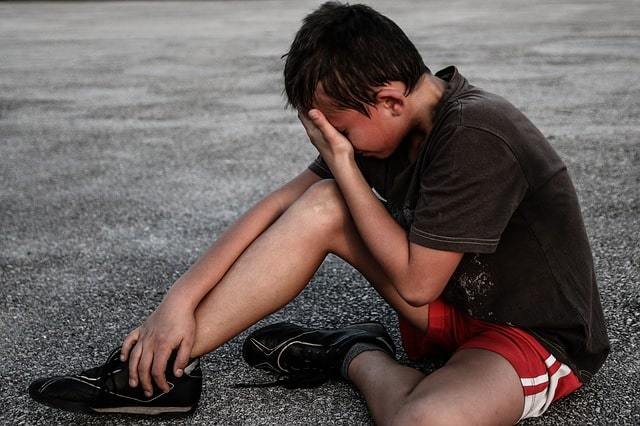
“What if” questions guide children to start thinking about ways to be empathetic and kind in situations they may have never experienced. The situation can seem more real if you role play or use toys for pretend play.
One of the famous psychotherapy approaches — psychodrama — uses this strategy of setting the scene and playing a role of one or more people to help clients reach a better understanding of themselves and others.
Drama classes can be quite useful for kids to experience stepping into the shoes of a certain character. If we are to believe in their acting, they need to be able to convey how the characters really feel. To do this, they need to better understand what their character cares about.
8. Have a weekly “kindness day” when you do something for each other or others.

This is a good time to appreciate someone, to acknowledge their struggles or efforts, to help them celebrate their success, or help them work through difficulties — which are all forms of empathy.
It’s a day when you don’t think about yourself, but, instead, think of the needs of people you care for or are learning to care for.
Check out the Random Acts of Kindness website for inspiration. There you will find many simple, low-effort, yet wonderful ideas on how to be kind to each other and your community (and so much more).
9. Teach listening skills.

Empathy usually starts with understanding, and understanding usually starts with listening. This is why listening skills are important for developing empathy.
Even when you struggle to connect with another person’s experience, your willingness to carefully listen to their story and ask questions to better understand what they are saying can open your mind to new ways to connect.
How can parents teach listening skills?
First, be ready to model them by listening to your children. When you are not sure what they mean, make sure you ask them: “I am not sure I understand. Can you explain it to me again?” Make it a family rule to listen to one another. And when you listen, truly listen and engage. “So, you were drawing today. Do you want to show us what you’ve been drawing?”
Second, talk about listening skills. For example: “When you listen to another person, you don’t look at your phone or talk to someone else; you look at that person and try to really hear what they are saying.”
10. Praise spontaneous acts of kindness.

Children sometimes spontaneously do nice things for others. Your praise can reinforce behavior you perceive as kind and empathetic. But, should you praise behavior or personality?
If you focus on specific behaviors, you are making it easier for children to attach a concrete action to a desirable social value — kindness, empathy, care.
The effect of their behavior is easier to remember and recall. Also, it teaches the importance of choice and taking responsibility for your choices, as behaviors are thought to be the result of intention and choice.
“The way you shared your candy with John was really nice of you.”
Praising personality, according to a number of experts, can help kids develop a moral identity. [5]
] Thinking of yourself as a “helper” guides you to act according to your role — helping others. “You are a generous, kind, and empathetic child.”
11. Help kids find a role model that is empathetic.
Kids look up to their role models — fictional or real. So, help children find those role models that promote empathy. You can also bring up examples of how the role models they already have are empathetic, kind, and supportive of others in different situations. This means you need to learn more about the people your child looks up to.
Kids sometimes adopt their role models following our example, looking at who we look up to. Emphasize that not all role models need to be famous and influential — they can be everyday people who do kind things for each other.
12. Help kids understand more than just words.

Detecting these subtle cues of how another person is feeling can help you understand ways to approach them.
This may sound like a complicated skill, even for adults. However, kids communicate non-verbally long before they start using words. Use the advantage of the time proximity of that non-verbal period.
Help your child connect behaviors to emotions: “Oh, he is crying. He must be sad about something.” Or, “She’s standing in the corner and not talking to others. She may be a bit shy. Do you want to go talk to her?”
Understood.org has some really good tips on how to help children understand social cues. Click here to read more.
13. Teach what empathy is not.
Empathy is not trying to silver-line other people’s problems, for example. It’s not saying, “I am so sorry, that must be hard for you,” and walking away either. It’s about being with another person, trying to truly understand what she’s thinking or feeling, and supporting her through it.
Here is a wonderful animated movie based on the lecture of Brené Brown on empathy — what it is and what it is not. I highly suggest you watch it (with your children, if possible):
14. Encourage kids to turn empathy into concrete actions.
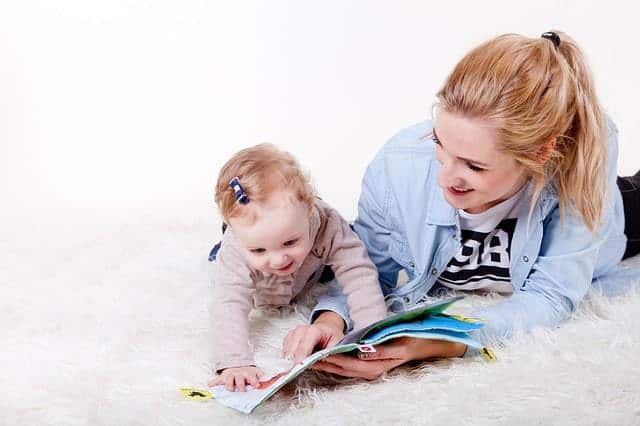
However, in many cases, what you end up doing matters even more.
Help kids understand that, in the end, the choices you make matter.
If their friend is going through a difficult period, being empathetic is not just about saying, “Oh, I understand why you’re so sad.” It’s also about making sure you check up on them, offer to play with them, invite them over, or send them a text to let them know they are on your mind.
Also, it’s important to teach children that, even if you cannot fully understand how someone’s feeling, the act of kindness still matters.
15. Be creative in facilitating empathy.
There are so many sources that you can use to help your children better understand what empathy is all about. Music and videos are great examples.
I use an animated video, called “For the birds,” with very young children (ages 3-5) to help them understand how important it is to include everyone when playing together and to celebrate differences, instead of mocking each other for them:
There are many great resources, depending on the age of your child. See what inspires them the most.
Here are some of my personal (and most favorite) suggestions:
Putting yourself in Someone Else’s Shoes

Heartwarming Thai Commercial
https://www.youtube.com/watch?v=cZGghmwUcbQ
To The Good Samaritans In Our Lives

Offer Empathy

What we give to others, usually finds a way to reach back to us.
Empathy drives us to do kind things for each other. A child who is empathetic is unlikely to bully someone. An empathetic child is likely to have more friends to turn to when they are in trouble. They are likely to help another child who’s struggling and advocate for them if needed.
An empathetic child will also understand your actions as a parent more, even when don’t agree with them. An empathetic child is able to stop and think about others with the purpose of finding a way to make the world a better place.
The greatest value is that empathy promotes relationships in which we care about each other.
References:
- Findlay, L. C., Girardi, A., & Coplan, R. J. (2006). Links between empathy, social behavior, and social understanding in early childhood. Early Childhood Research Quarterly, 21(3), 347-359.
- Humphrey, R. H. (2013). The benefits of emotional intelligence and empathy to entrepreneurship. Entrepreneurship Research Journal, 3(3), 287-294.
- Brems, C., & Sohl, M. A. (1995). The role of empathy in parenting strategy choices. Family Relations, 189-194.
- Bal, P. M., & Veltkamp, M. (2013). How does fiction reading influence empathy? An experimental investigation on the role of emotional transportation. PloS one, 8(1), e55341.
- Bryan, C. J., Master, A., & Walton, G. M. (2014). “Helping” versus “being a helper”: Invoking the self to increase helping in young children. Child Development, 85(5), 1836-1842.







